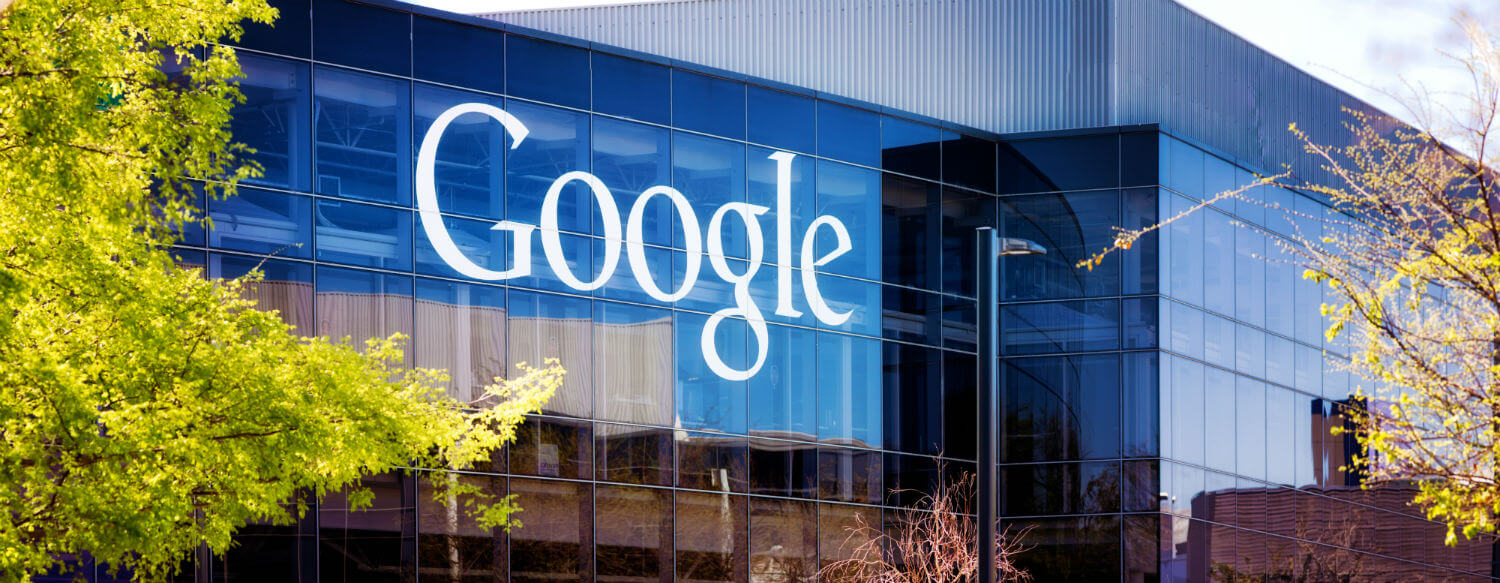Google is continuing to take over the online world at a rapid rate. Recently, developments to the way it processes and responds to user queries have entered new realms of capability. The algorithm is now able to respond more meaningfully to semantic search queries than ever before via its vastly expanding ‘knowledge graph’ and recent Hummingbird overhaul.
Google’s Knowledge Graph is an intricate system used by the search giant to extract meaning from facts and figures associated with people, places and things. The information gleaned then forms the base of an intuitive platform for users to communicate with. Essentially, Google wants to be your friend.
So just how does this revolutionary technology work, and how can we take advantage of it as search professionals?
First of all, how does Google do this?
Google has actually been looking for ways to better converse with its users for a number of years. In 2010, the search giant bought a company called Metaweb, which was (and still is being) used to build a database of facts, figures and the relationships between them, from sources like Wikipedia, Google+ and Google Books. This intricate database allows Google to intelligently interpret search queries based on inferences of meaning – not keywords – to throw out more accurate results.
How will this impact my brand’s search efforts?
Despite fears, the knowledge graph shouldn’t really affect a brand’s SEO efforts. At least for the time being, SERPs will still appear as they always have, just with the addition of the knowledge graph ‘answer’ at the top of the page.
To illustrate, a nice example of the knowledge graph in action is when searching for ‘hotel in new york’, I am faced with the knowledge graph ‘carousel’ of relevant hotels complete with date selection box so I can select the dates I want in order to get even more tailored results.
Is it possible to optimise my site for the knowledge graph?
The knowledge graph (and semantic search as a whole) is a massive step towards Google harnessing greater control over its search results, which it’s doing by wising up to the tricks and misdirection caused by webmasters and SEOs of old who abused keywords and dodgy link building strategies to boost their rankings.
The good news is that, as ever, there are ways to cater for the knowledge graph to our search activity – it just takes a little more dedication. Like most areas of SEO these days, the key lies in content; that is, relevant, impactful content that will actually serve the audience you want.
Content that is both in the right place (Wikipedia, G+ and Google Books are the main sources for Knowledge Graph information) and is engaged with will earn authority in Google’s eyes, consequently telling the search giant that it is worthy of a knowledge box on the search results pages. But are there ways of making sure your content is picked up more easily than others?
This is Google, of course there is…
Make your content shine
There are a couple of quite simple but effective ways you can make sure your content is optimised for crawlers:
- Microdata
Search engines benefit greatly from what is known as ‘structured data’ because it becomes much easier for it to correlate your content with other similar content from around the web. HTML5 Microdata allows webmasters to tag up content into categories (such as ‘people’, ‘business and organisations’ or ‘products’), and sites with a healthy combination of these across their pages will naturally perform the best.
- Keyword optimisation
Although creating web content is no longer about keyword stuffing, knowing what the target audience is searching for when looking for your product or service and incorporating certain words and phrases into your copy will undoubtedly aid the ‘long-tail’ form of search we’re all migrating towards.
The basic thing to remember is that that any use of keywords must be natural – only use them where it makes sense to do so. Remember, Google wants us to create content with the user in mind.
The future of search
As the Big G continues to cultivate knowledge about what websites can offer to its users, all the while becoming more sophisticated about interpreting what its users want when they search, it will continue in its pledge to service the end user with the more relevant search results. The future, therefore, is clear: continue to create fresh, relevant and genuinely useful content for the audience you want to attract, and Google will reward you accordingly. Don’t, and you run the risk of slipping into search engine obscurity.
Still confused? To find out more about how SEO activity can help boost your brand’s online profile, get in contact to speak to a member of the Delineo search team.
Delineo is looking for a new search executive to join its expanding team in an exciting period of development. For more information or to apply, click here.
Image used courtesy of Wikipedia

